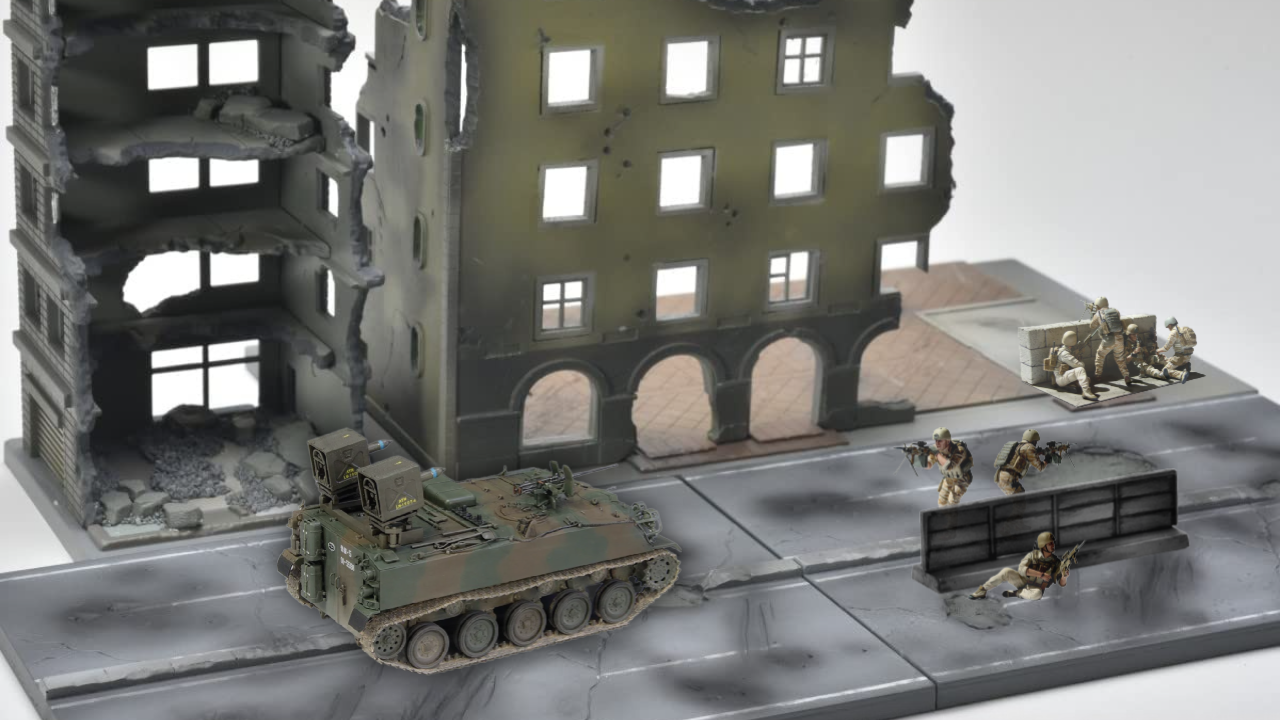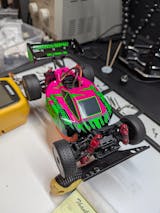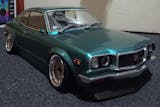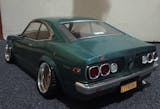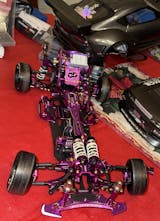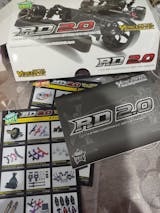Military dioramas are more than just static displays—they’re visual stories. By combining miniatures, terrain, and atmosphere, they capture key moments from history with emotional depth. Whether you're focusing on a single scene or a full-scale operation, every element plays a role in portraying tension, resilience, and the cost of war.
Getting the Mood Right
Tone gives your diorama personality. Decide early on if your scene is calm, chaotic, or suspenseful. Lighting, weathering effects, and terrain textures influence this mood. A dark, rain-soaked trench tells a very different story than a sunlit patrol route. Set the atmosphere intentionally—it can shift how viewers connect with the display.

Choosing the Right Scale
Scale impacts how much detail your diorama can hold. Popular options like 1/35 or 1/72 provide many accessories, figures, and kits. Keeping everything proportional is essential for realism. Smaller scales work well for large battlefield layouts, while larger ones let you focus on finer character details or close-up moments.
Planning Your Layout

Good planning sets the foundation. Sketch your design, identifying key points of interaction—where troops move, where vehicles rest, where battles erupt. Natural paths, line-of-sight, and spacing all contribute to a convincing scene. Don’t overcrowd the setting; give each figure and object a reason for being there.

Crafting the Groundwork
The base tells as much story as the figures. Use foam, putty, or plaster to shape hills, roads, and trenches. Layer dirt, grass, or rubble for texture. Paint with care—dry brushing and washes help surfaces feel weathered. A well-made terrain draws attention and supports the mood you're aiming for.

Details That Matter
Small features make a scene believable. Think footprints in the dirt, discarded helmets, or a damaged signpost. Use weathering powders for grime, rust, or ash. Add scatter elements sparingly for realism. These bits—often overlooked—ground the story and invite viewers to spend time examining every inch of the display.
Figures in Action

Figures should feel alive even when still. Pose them naturally—running, aiming, resting, or observing. Align body language with the setting’s tone. Choose uniforms and gear that reflect the scene’s time period. A single figure looking skyward or kneeling behind cover can turn a static model into a powerful moment.

Final Thoughts
A strong military diorama isn’t about packing in models—it’s about thoughtful storytelling. Blend landscape, figures, and lighting to echo conflict’s intensity. Let silence, stillness, and subtle detail speak volumes. When done well, your miniature battlefield becomes more than a scene—it becomes a window into the past, frozen in time.


